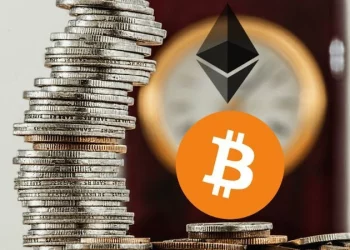Eric Trump, co-founder of American Bitcoin, has unveiled his company’s strategic plans to mine Bitcoin more cost-effectively, targeting a price range of $37,000 to $38,000 per Bitcoin. This move aims to challenge industry giants like MicroStrategy and secure a dominant position in the Bitcoin race.
During his keynote at Consensus 2025, Eric Trump outlined the vision for American Bitcoin, a company launched in March 2025 under the leadership of CEO Asher Genoot. The company aims to outpace competitors, particularly MicroStrategy, known for its aggressive Bitcoin acquisition strategy.
“There are two main routes to Bitcoin dominance: buying and mining,” Trump stated. He believes that American Bitcoin’s approach to mining will offer significant advantages over traditional purchasing methods, especially given the high market price of Bitcoin, which currently hovers above $100,000.
Trump’s plan is to mine Bitcoin at a fraction of the market cost—around $37,000 to $38,000 per coin—giving American Bitcoin a substantial edge. With this strategy, Trump aims to challenge MicroStrategy, which has accumulated over 568,000 BTC in the last six years. American Bitcoin is prepared to invest billions to build its mining capabilities, positioning itself as a leader in the Bitcoin space.
However, the company’s ambitious plans are not without controversy. American Bitcoin faces regulatory scrutiny, with concerns about potential conflicts of interest related to the Trump family’s involvement in the cryptocurrency industry. Despite these challenges, Trump remains confident in the future of digital currencies, particularly Bitcoin, which he believes will eventually replace the SWIFT payment system.
As institutional interest in Bitcoin continues to rise, American Bitcoin is betting on mining as its path to success, hoping to emerge as a major player in the ongoing race for Bitcoin dominance.
Related topics:
21Shares and Sui Reaffirm Strategic Partnership Amid TVL Surge
Coinbase Soars on S&P 500 Inclusion: Could $500 Be Within Reach?
Trump Pressures Fed to Cut Rates After Cooling Inflation Signals
















